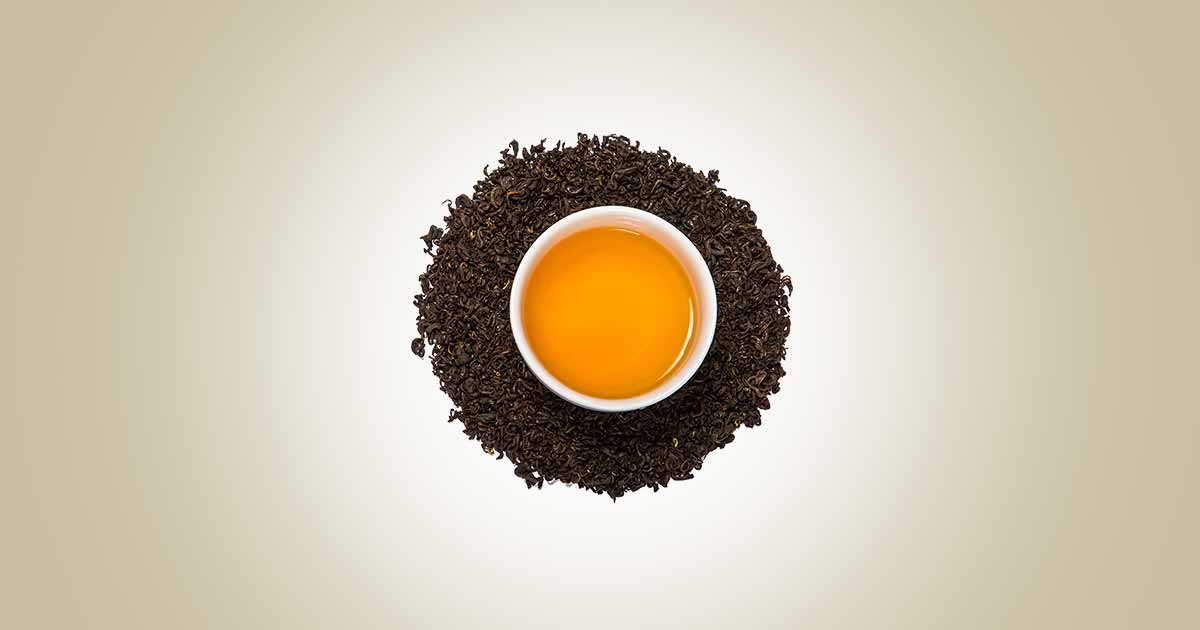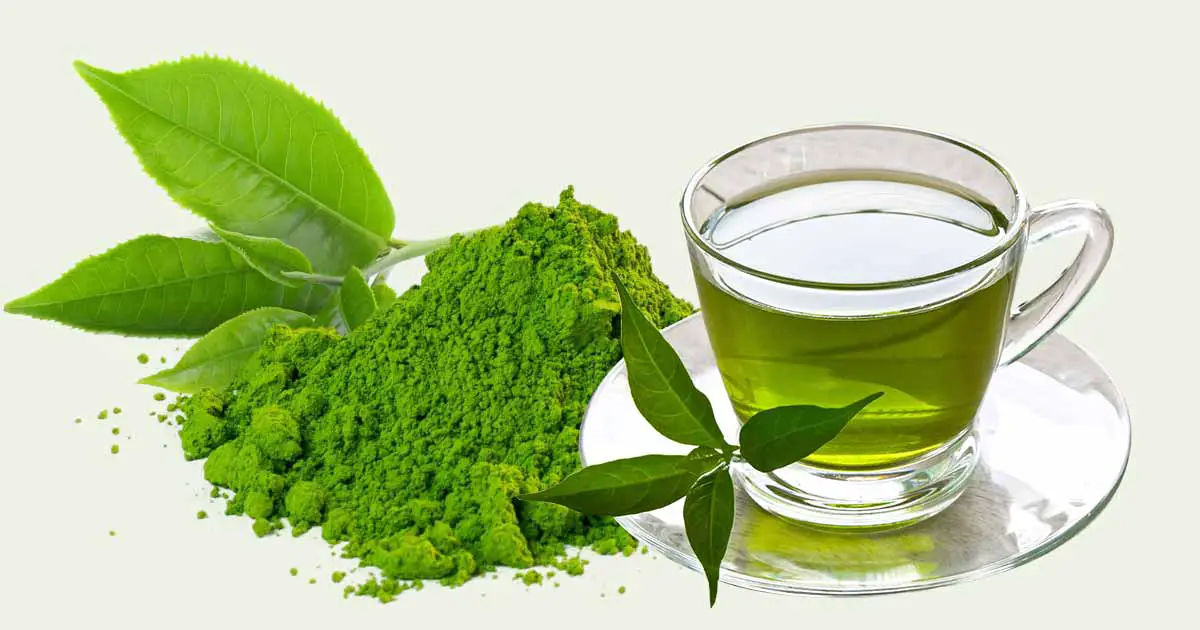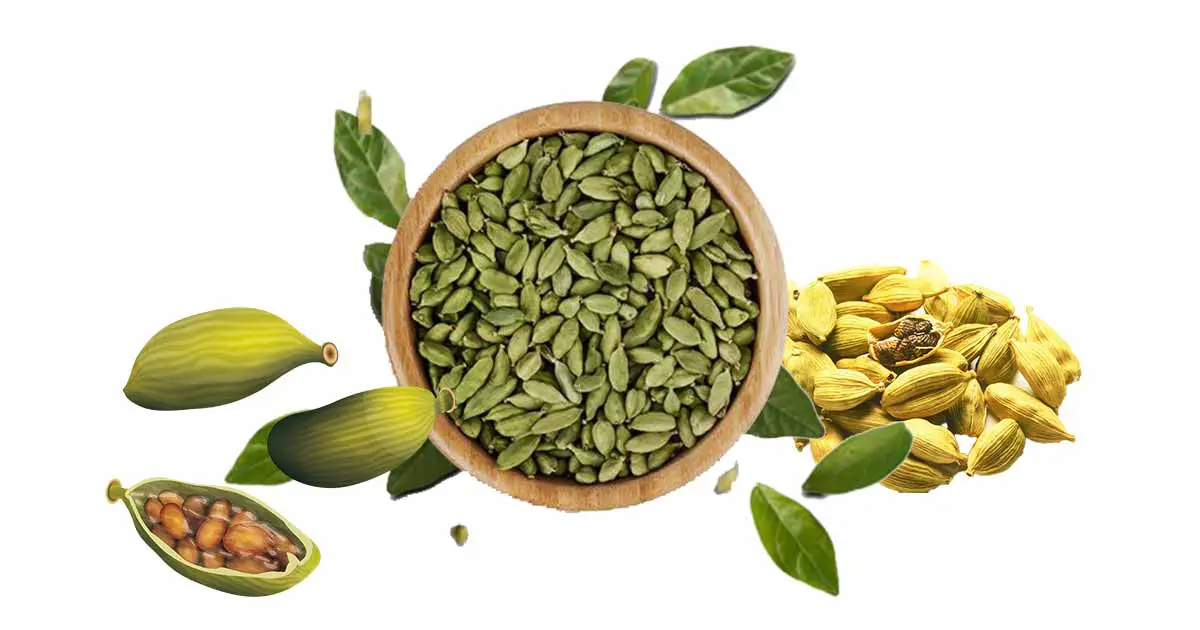Oolong tea is one of the forms of tea from Camellia sinensis, alongside white, green, black and yellow tea. It is a semi-fermented tea made by wilting fresh leaves by the sun and then bruising it slightly. Oolong tea is from Chinese word meaning “black dragon tea”, though the name has nothing to do with dragon, but named after Wu Long, who first discovered the tea.
Other forms of tea include black tea, green tea, white tea. The tea types are differentiated based on degree of fermentation. Other parameters used to differentiate them include the level of amino acids present, especially L-theanine.
Black tea is the most popular tea, consumed mostly in the US, and the West, green tea is popular in Asia and Northern Africa. Oolong tea is popular in Taiwan, Southern China, Nepal, Vietnam, and other countries in the East.
There are varieties of oolong tea such as Tie Guan Yin, Phoenix Dan Cong Tea, Dongfang Meiren, Pou Chong Oolong, and Dan Hong Pao.
The taste of oolong is somehow between black and green tea
Constituents
Because of fermentation, oolong tea contains catechins such as epicatechin(EC), epicatechin-3-gallate (ECG), epigallocatechin(EGC), and epigallocatechin-3-gallate (EGCG). It also contains other constituents such as theaflavins and thearubigins.
Theaflavins and thearubigins are polyphenols formed during the fermentation by enzymatic oxidation of Camellia sinensis. The constituents are not in green tea, as they are not fermented. The orange red or brown color and astringent taste of the tea is due to theaflavins.
Alkaloids such as caffeine, theobromine, are present, as well as various types of tannins. Flavonoids such as quercetin, myricetin, and kaempferol are also found.
Oolong tea also contains phenolic acids such as gallic acids, quinic acid, 5-caffeoylquinic acid, glutamic acid, 3-p-coumaroylquinic acid. Theasinensin (A, B, C, D, E) are also found in both black and oolong tea. They are formed from the catechins during oxidative fermentation of the tea.
Amino acids present are L-theanine, glutamic acid, asparagine, serine, alanine, leucine, and isoleucine, among others.
Polysaccharides and monosaccharides (D-rhamnose, L-arabinose, D-galactose, and D-glu-cose) are also found.
Nutritional composition include vitamins like vitamins A, B, C, E, K. Minerals such as calcium, magnesium, sodium, manganese, zinc, copper, iron, strontium, cobalt, and selenium.
Health Benefits of Oolong Tea
Oolong tea has polyphenols and other constituents with activity such as antioxidant, anti-diabetic, anti-obesity, anti-inflammatory, blood pressure lowering effects.
Anti-inflammatory action: oolong tea decreases monocyte chemoattractant protein-1 (MCP-1), a cytokine that mobilise monocytes, memory T cells, and dendritic cells to the site of injury.
Compounds such as catechins, theaflavins and Theasinensins (especially Theasinensins A and D) decrease the pro-inflammatory mediators such as inducible nitric oxide synthase (iNOS), nitric oxide (NO), interleukin-12 (IL-12) (p70), tumor necrosis factor alpha (TNF-?), and MCP-1.
Cholesterol lowering/Cardiovascular health: Oolong tea may lower body weights, plasma triacylglycerol, cholesterol and LDL-cholesterol. The hypolipidemic effect seems to be more effective than that of green tea.
The lowering of low-density lipoprotein (LDL) prevent the progression of atherosclerosis in coronary heart disease (CAD). Oolong tea also improves metabolic rate, energy expenditure and stimulate fat oxidation. This keeps the fat level low, preventing atherosclerosis and hypertension.
Antimicrobial activity: Polyphenols from tea also prevents pathogenic bacteria such as Clostridium perfringen, Clostridium difficile, Streptococcus mutants, Escherichia Coli, Salmonella, and Pseudomonas species. It may also enhance the activity of probiotics such as Bifidobacterium and Lactobacillus. These bacteria help to maintain the intestinal balance.
Theasinensin A seems to have antiviral activity against herpes simplex virus (HSV)
Antidiabetic effect: Catechins in black tea and oolong tea seems to improve the function of insulin. It reduces plasma glucose level, and may be beneficial when combined with standard anti-hyperglycemic medications.
Theasinensin A and B lowers blood glucose, hepatic triacylglycerol and increased fecal fat excretion.
Antioxidant property: The tea prevents oxidative DNA damage, lipid peroxidation, and has radical scavenging activities. This helps the body to fight certain diseases.
Consumption of the tea also reduces plasma malondialdehyde levels in athletes. Theasinensin C is the highest antioxidant in oolong tea.
Anti-cancer effect: Oolong tea contains catechins which are anti-inflammatory and antioxidant compounds. Since different cancers such as bladder, liver, and gastric cancers may be attributed to inflammatory processes, the tea can be beneficial.
Oolong tea is a stronger anti-inflammatory agent than black and green tea.
The tea may have anti-inflammatory, anti-mutagenic, and chemopreventive activity against forms of cancers. Apart from the catechins, other compounds such as theasinensins A, D may also have such benefits.
Prevents Obesity: Catechins such as EGCG and theaflavins, helps in weight reduction by inhibiting pancreatic lipase activity. It also modulates food intake, energy balance, endocrine function, lipid, and carbohydrates intake.
It also affects the absorption and excretion of lipids and lowers the growth of adipose tissue.
Drug Interaction
Oolong tea may interact with:
- Warfarin, an anticoagulant used to treat thromboembolism, due to its content of vitamin K, reducing the chances of blood to clot.
- Caffeine in oolong tea can interfere with calcium, increasing it’s excretion. It may also cause osteoporosis by interfering with calcium absorption.
Adverse effect
Tea may limit the absorption of non-hem iron, which could be an issue in anemia patients with risk of iron deficiency.
Large quantity of tea may cause gastritis, indigestion, bloating, abdominal pain, dilute gastric juices, slow down digestion, and increase the risk of duodenal ulcers.
Tea also has oxalates which may cause kidney stones and kidney damage. It also binds calcium in milk.
Fluoride, a micronutrient in tea, is essential for bone health, but excessive consumption can cause fluorosis of the teeth and skeletal fluorosis. This may cause loss or brittleness of the teeth.
Oolong tea also contains quantity of caffeine. Only black tea has more caffeine than oolong. Excess consumption of caffeine can cause headache, sleep disorders, anxiety, agitation, hyperfunction of the adrenal cortex, increase in heartbeat, blood pressure and pain in the chest.
Caffeine intake during pregnancy should be limited to less than 300 mg daily. In nursing mothers, it should be limited as it pass into breast milk and cause symptoms such as sleep disturbances, irritability, and increased bowel activity in newborn.
References
- https://www.researchgate.net/publication/284103784_Chemistry_and_health_beneficial_effects_of_Oolong_Tea_and_theasinensins
- https://www.academia.edu/80364752/Systematic_Review_Hypolipidemic_Activity_of_Oolong_Tea_Polymerized_Polyphenols
- https://www.researchgate.net/publication/318241383_Oolong_Tea_A_Critical_Review_of_Processing_Methods_Chemical_Composition_Health_Effects_and_Risk












